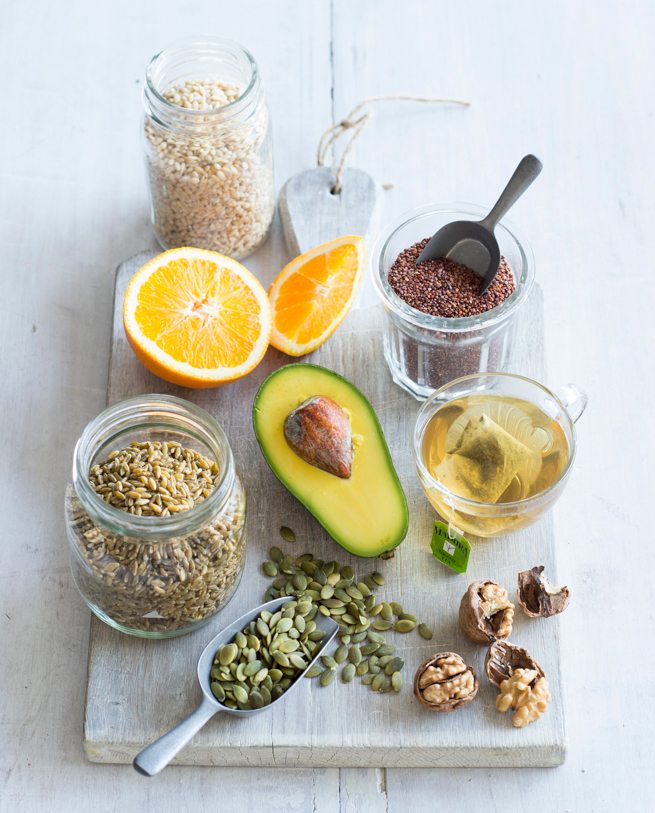Attention Deficit Hyperactive Disorder (ADHD) is a childhood condition that can persist into adulthood. Characterised by inappropriate levels of hyperactivity, inattention and impulsivity, the disorder has had increasing awareness in recent years due mostly to the increase in its diagnosis. It is thought that between three and five per cent of school-aged children are affected in New Zealand and between six and 11 per cent in Australia.
ADHD causes great interference for a child during important learning years, and when extended into adulthood it creates stress in family life and interpersonal relationships.
ADHD has three subtypes: predominantly inattentive type; predominantly hyperactive type; combined type (inattentive hyperactivity). In order for ADHD to be diagnosed, symptoms of inattention, impulsivity or hyperactivity must be causing clinically recognised impairment in at least two of the following: social, academic or occupational functioning.
In children, it is important to first rule out typical childhood development disorders including pervasive development disorder, learning disorders and anxiety disorders. In adults, thorough case taking of medical history is important to rule out medical or psychiatric disorders.
ADHD is a multifactorial disorder that has many suggested causes. These range from food allergies, to chemical sensitivities, heavy metal toxicity, hypoglycaemia, nutrient deficiency, genetic factors and even brain injury.
Characteristic traits of this disorder include emotional instability, short-term attention, general co-ordination deficit, lack of perseverance, failure to finish things, poor concentration, not listening, impulsiveness, abrupt shifts of activity, poor organising ability, difficulty with memory and thinking as well as general learning disabilities.
Many of these traits are symptoms similar to essential fatty acid deficiency. Of the essential fatty acids, the omega-3 are of most interest here. People with lower omega-3 fatty acid levels have more significant behavioural problems, temper tantrums, learning, health and sleeping disturbances than those with a higher proportion of omega-3 fatty acids.
Many patients with ADHD also show significantly low levels of zinc, magnesium, copper and iron with zinc and magnesium particularly showing consistently low levels. Supplementing with zinc and magnesium has been shown to reduce the hyperactivity behaviour.
In order to treat the condition, identifying a possible cause is of course important. Food sensitivities, artificial colours and flavours, sucrose and excessive phosphate ingestion could be a contributing factor to ADHD. Food sensitivities and allergies provoke hyperactivity through partially digested food entering the bloodstream and scrambling the neuronal communication system.
If food allergies are suspected, food sensitivity testing should be carried out and known allergens removed from the diet. These are commonly but not limited to cows milk, wheat, chocolate, oranges, eggs and corn.
Gluten has been shown to pass the blood brain barrier and cause cognitive impairment, regardless of any apparent sensitivity or allergy. For this reason, positive changes in symptoms associated with ADHD have been noted when following a gluten-free diet.
For any suspected involvement of heavy metal toxicity such as mercury or lead, hair mineral analysis can be organised through your naturopath.
Nutrient deficiencies should be assessed through your health practitioner, with particular focus on zinc, calcium, vitamin C, iron, and B vitamins such as B1, B5, B6, B9 and B12. If fidgeting, anxiety, restlessness and learning difficulties are present consider magnesium supplementation.
If hypoglycaemia is a causative factor, ensure high-protein meals, with good levels of essential fatty acids. Always start the meal with the protein to ensure optimum digestion. Smaller meals eaten more regularly are more beneficial in stabilising blood sugar levels.
Acetyl-l-carnitine, is required for energy metabolism and synthesis of fatty acids and has been found to significantly reduce the severity of ADHD symptoms. Results were particularly noticeable in those with the predominantly inattentive form of ADHD. This form needs to be supplemented, however carnitine in its natural form can be found in red meat. Always choose organic and grass-fed where possible.
Avoiding all processed foods, artificial colours and preservatives has proven beneficial in reducing symptoms of hyperactivity. Yellow colouring tartrazine has been shown to increase the excretion of zinc from the body.
Reducing phosphates by avoiding soft drinks, canned and processed meats and instant soups, for example, has also shown positive results in reducing ADHD symptoms. While phosphate plays an important role in the body, large amounts can interfere with the absorption of valuable nutrients.
6 Foods to eat to help treat ADHD
Whole Fruits
Avoid the concentrated juices and instead enjoy fruit as nature intended, in its whole form. This will reduce the highly concentrated sugar levels found in juices, while providing you with the fibres found in whole fruit, which help to regulate blood sugar levels.
Avocados
Avocados are high in monounsaturated fats, specifically oleic acid that helps to build the coating of insulation over our nerves, called myelin, which speeds up neuron messaging. Avocados therefore help with cognitive function.
Walnuts
Walnuts, which interestingly look like the two hemispheres of our brain, are an incredibly rich source of omega-3 essential fatty acids that feed our brain.
Pumpkin seeds
These tasty seeds are high in zinc, a mineral that plays a large role in neurotransmitter production. Since neurotransmitters influence our behaviour – with dopamine and noradrenaline levels regularly out of balance in ADHD – grinding these seeds to a fine powder and adding them to almost any meal is a perfect addition to an ADHD diet plan.
Wholegrains
Wholegrains contain a good mix of B vitamins. Consuming grains in their whole form means to avoid processed carbohydrates. Rice, barley and oats make a satisfying side dish to any meal, particularly in these cooler months. The mix of Bs available will help to regulate blood sugar levels, nourish the nervous system and also break down proteins and fats in foods.
Green Tea
Green tea is especially good for brain function. As it relaxes the brain, calming nervousness or anxiety, while also increasing focus, concentration and general cognitive function, green tea makes a perfect replacement for that over-stimulating cup of coffee towards the end of the day.







